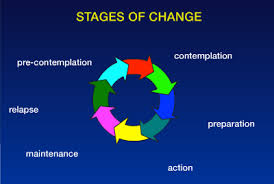Leading my inter-generational group was one of my highlights from this summer. We had great discussion and debates regarding what makes a good leader. The discussion made me realize how far I have grown from my first year in the program. In the picture, service is at the heart of the circle. Indicating that at the heard of every great leader is a servant. I can’t say today that I would have said the same thing the first year of my program.



















